“A city learns, attracts and listens to human talent and augments people’s lives.”
- Definition of a smart city by Jerry Hultin, The Chairman of Smart Cities New York
The World Urban Forum (WUF9) (a non-legislative technical forum convened by the United Nations Human Settlements Programme (UN-Habitat)) took place in Kuala Lumpur, Malaysia during the second week of February. The event is recognized as the foremost global arena for interaction among policymakers, local government leaders, non-governmental organizations and expert practitioners in the field of sustainable urban development and human settlements. Around 25,000 participants from around the world was brought together by this event, including a SINTEF researcher and the Learning Flexibility project.
The Learning Flexibility project is funded by The Research Council of Norway. It focuses on flexible and sustainable cities and inter-urban knowledge transfer by identifying novel lessons and knowledge from cities facing complexity, crisis or limited resources. And what better place to obtain a good overview of the world than at WUF9? The challenges and vulnerabilities faced by cities, and the innovative, sustainable and inspiring solutions and ideas emerging from such situations were central topics at the conference. Most importantly, the conference was a great eye opener to think of needs and solutions beyond digital- or specific technologies that can contribute to smart and sustainable urban solutions.
The theme of 2018’s WUF was cities in 2030. The Chairman of Smart Cities New York, Jerry Hultin, described a smart city as one that learns from others and within itself, attracts and listens to human talent and augments people’s lives. Two very important aspects, the people and the learning, appear as central to future thinking about cities. Infact, we should be thinking about this today to ensure that we have livable and sustainable cities in the future.

The New Urban Agenda, UN’s Sustainable Development Goals (SGDs) and partnerships among citizens, private and public sectors were central in the presentations and discussions at WUF9. This was an arena where researchers were a minority. Nevertheless, the role of researchers and how SINTEF could contribute to better cities in the future were clear. It has certainly broadened my perspectives on addressing learning- and knowledge transfer within and across cities and enhanced my landscape of creative, innovative and sustainable solutions. This could no doubt stimulate interesting discussions and solutions in the Learning Flexibility and other SINTEF projects.
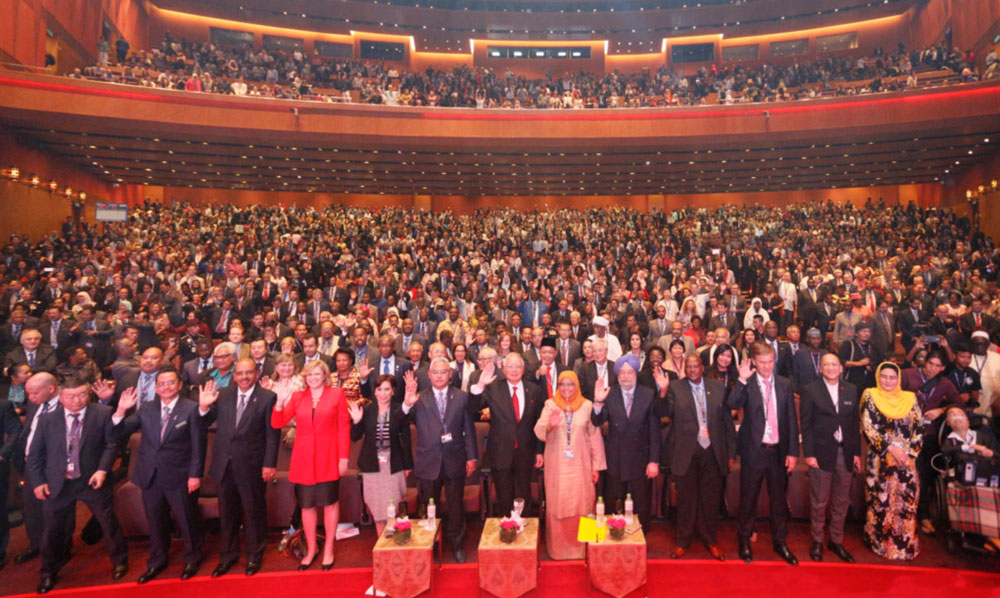
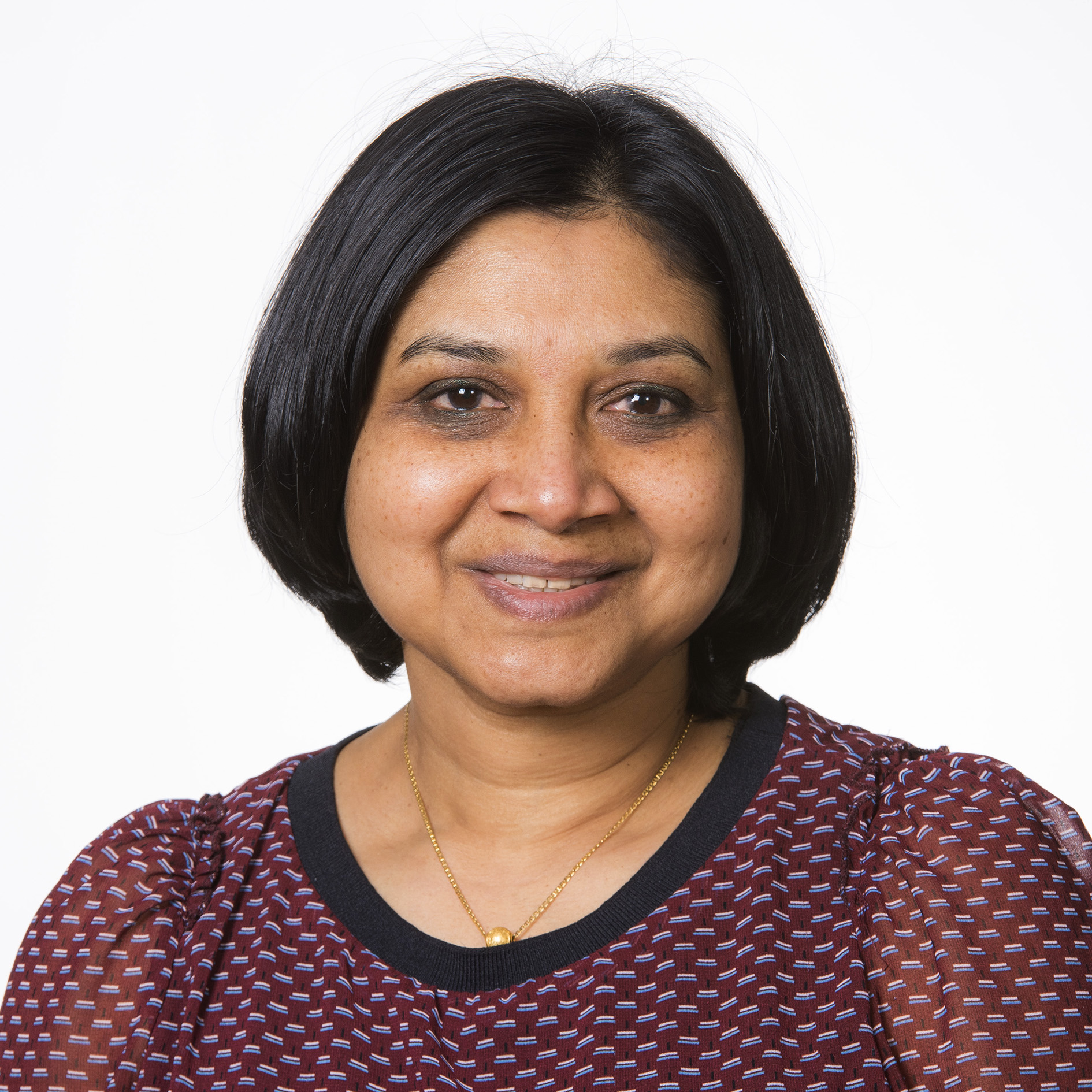

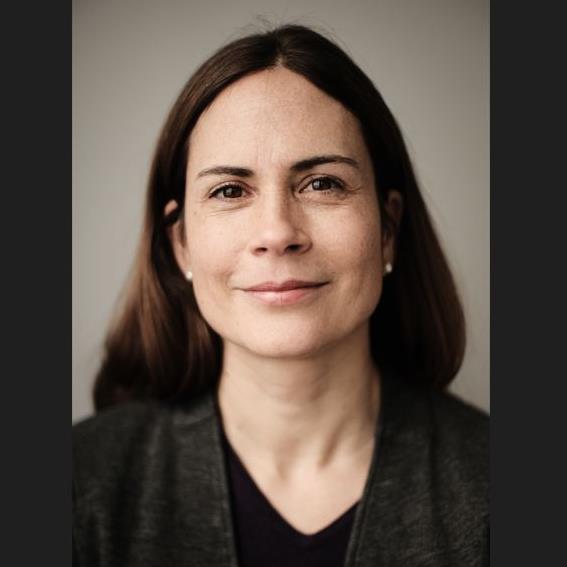
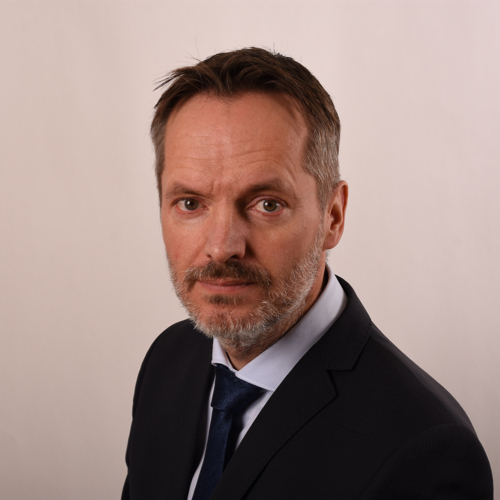

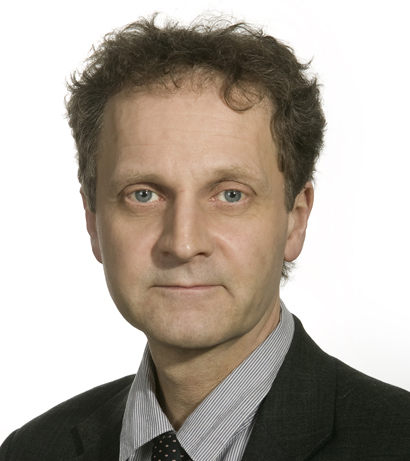
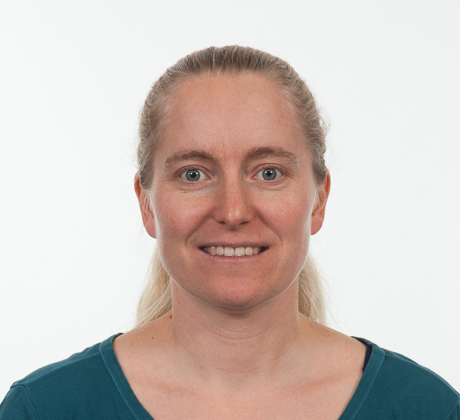
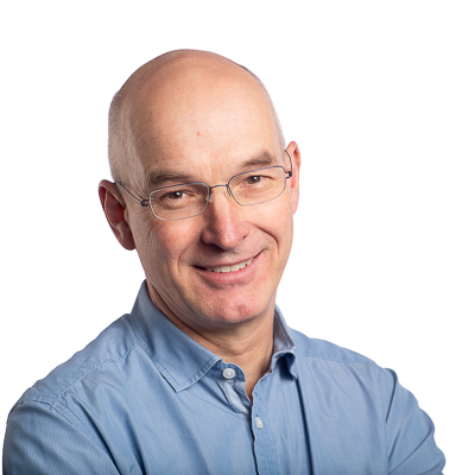

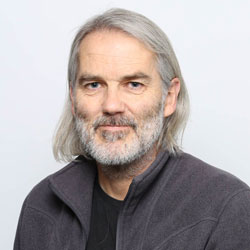
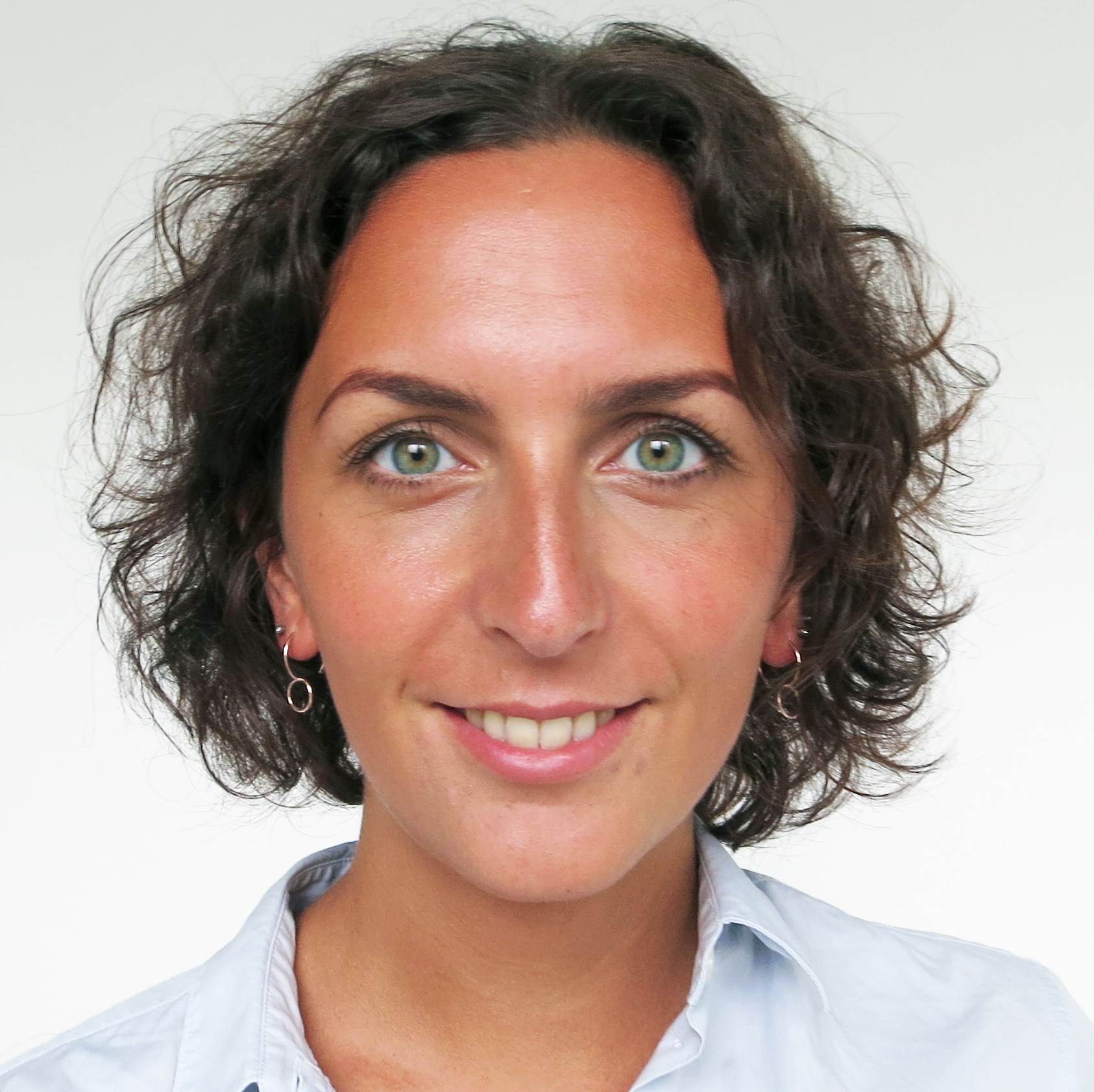
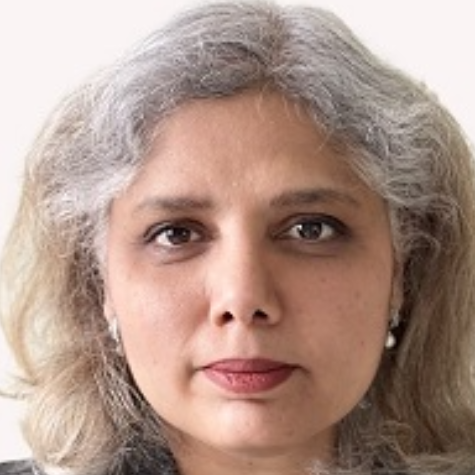
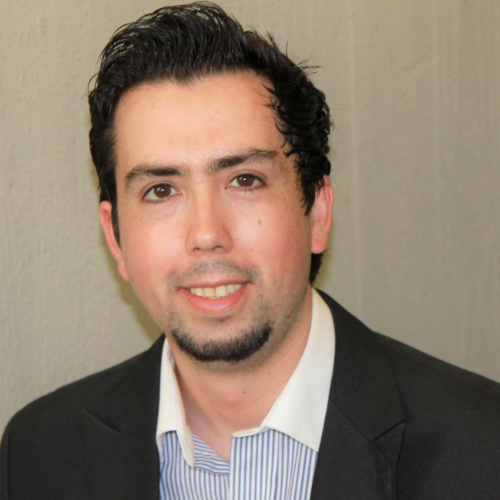
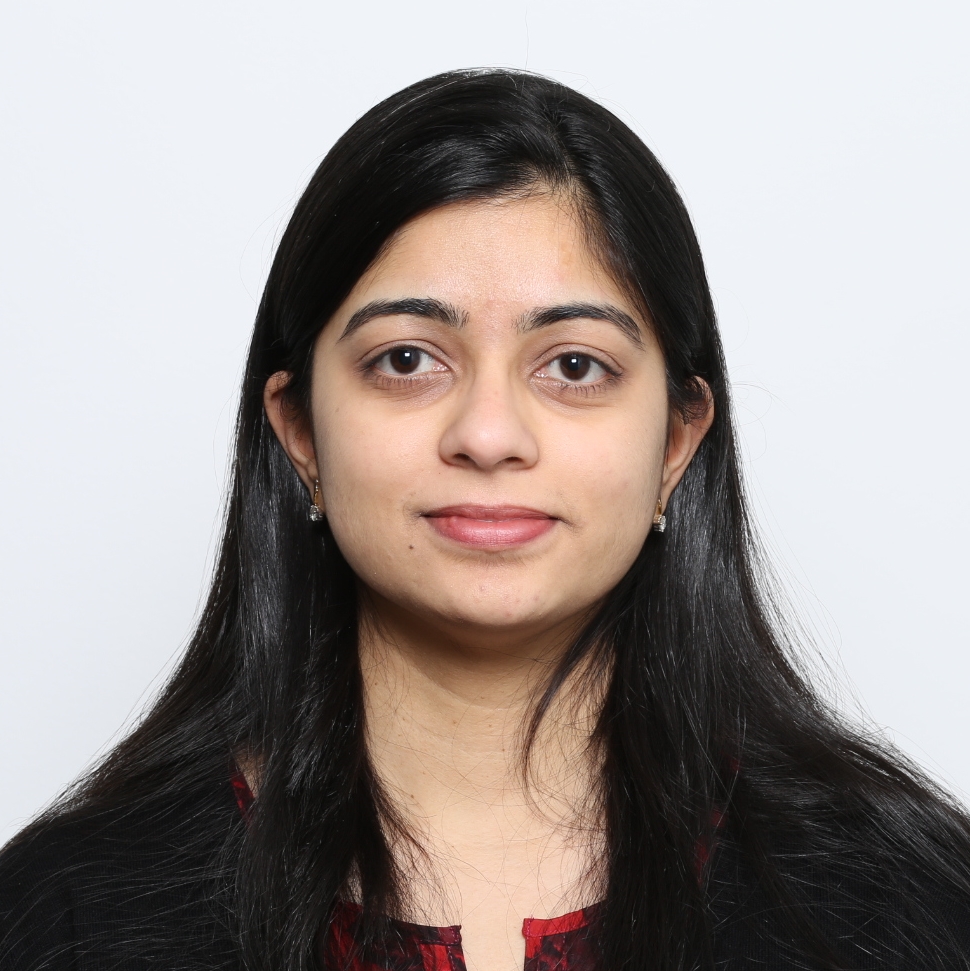
Comments
No comments yet. Be the first to comment!